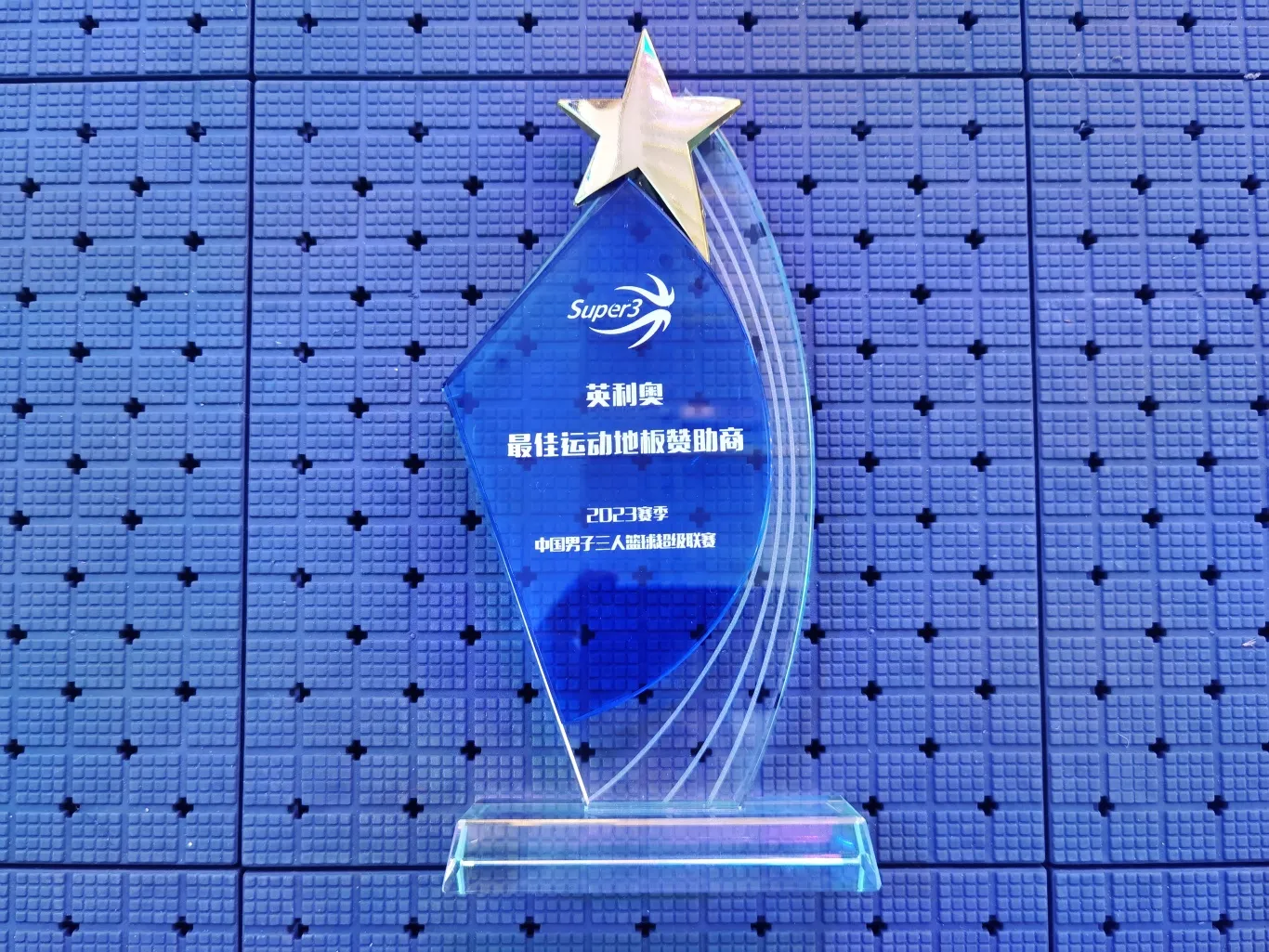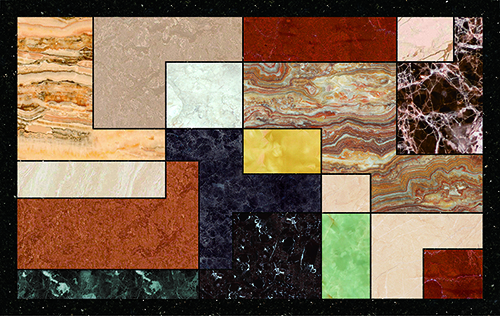Xul . 04, 2025 10:44 Back to list
Converting Tennis Court to Pickleball Fast & Affordable Solutions for Any Facility
- Introduction: Why Converting Tennis Court to Pickleball Is Gaining Popularity
- Key Benefits and Data Insights Behind Court Conversion
- Technical Aspects and Professional Process Explanation
- Comparison of Leading Court Conversion Solution Providers
- Custom Solutions Tailored to Different Facility Types
- Real-World Success Stories and Application Scenarios
- Conclusion: The Future of Converting Tennis Court to Pickleball

(converting tennis court to pickleball)
Introduction: The Demand for Converting Tennis Court to Pickleball
With the explosive rise in pickleball’s popularity, facility managers, schools, and community centers are exploring the highly efficient and cost-effective method of converting tennis court to pickleball
. As the fastest-growing sport in North America, pickleball has seen a 159% increase in participation since 2019 (source: Sports & Fitness Industry Association, 2023). Due to this influx, underutilized tennis courts have become prime candidates for transformation. In this article, we comprehensively examine the converting process, technical and economic advantages, leading vendors, custom strategies, and successful case applications.
Key Benefits and Data Insights Behind Court Conversion
The decision to convert a tennis court to a pickleball court is informed by compelling benefits and statistical drivers. Financially, a full tennis court occupies approximately 7,200 square feet, capable of hosting up to four standard-sized pickleball courts (each roughly 1,800 square feet). According to municipal recreation data, public facilities converting a tennis court to pickleball see, on average, a 400% increase in court utility post-conversion. Additionally, pickleball maintenance costs are about 35% lower annually than tennis due to reduced wear on surfaces.
Furthermore, accessibility is enhanced as pickleball’s smaller court size and slower ball speed cater to a broader demographic, including seniors and beginners. In a survey of over 300 facilities, 92% reported increased community engagement and revenue within the first 12 months after switching at least one court to pickleball. The proven boost in user numbers and retention provides powerful validation for facilities seeking to maximize their assets.
Technical Aspects and Professional Process Explanation
Converting a tennis court to a pickleball court involves strategic planning and precise execution to meet official specifications. The process typically starts with an assessment of the court’s surface condition, orientation, drainage, and fencing. For professional installations, here is a breakdown of key technical steps:
- Surface Preparation: Repairs to cracks and resurfacing may be required for worn tennis courts to provide optimal play for pickleball.
- Line Stripe Layout: To convert for multi-use, distinct color line striping is applied for both tennis and pickleball boundaries. Dedicated conversions remove tennis markings.
- Net Adjustment and Installation: New pickleball nets (34” at center) replace or supplement the taller tennis nets (36” at center).
- Equipment Integration: Depending on use frequency, portable or permanent pickleball nets are installed.
- Accessory Upgrades: Lighting, benches, and fencing modifications may be introduced for improved playability and safety.
Surface coatings specifically formulated for pickleball improve ball bounce and traction. The conversion process generally takes 2–5 days, depending on weather conditions and scope.
Comparison of Leading Court Conversion Solution Providers
Selecting a qualified vendor is essential for ensuring a high-quality, long-lasting pickleball court. The following table provides a comparison of three top North American conversion solution providers based on cost, timeline, included features, and warranty:
| Provider | Avg. Cost per Court (USD) | Project Duration | Features Included | Warranty | Client Rating |
|---|---|---|---|---|---|
| ProCourt Transformations | $6,200 | 3-4 days | Surface prep, custom lines, net systems, LED lighting | 5 years | 4.9/5 (82 reviews) |
| GameLine Conversions | $5,750 | 2-3 days | Line design, quick-dry surfacing, portable net options | 3 years | 4.7/5 (69 reviews) |
| CourtPro Specialists | $6,800 | 4-5 days | Drainage check, permanent nets, paint warranty | 7 years | 4.8/5 (104 reviews) |
The selection can vary based on need: ProCourt suits clubs seeking complete upgrades, GameLine excels in rapid municipal projects, and CourtPro is ideal for clients requiring extended durability and long-term assurance. Always request a portfolio of previous conversions and check references to confirm lasting quality.
Custom Solutions Tailored to Different Facility Types
Facilities considering converting a tennis court to a pickleball court benefit significantly from customized approaches. High-volume public parks, for instance, may demand dual-use courts with robust fencing and weatherproof coatings, while private clubs often prefer dedicated pickleball courts with advanced amenities such as wind screens and court lighting systems. Indoor facilities focus on acoustic coatings to minimize sound and specialized flooring for athlete safety.
- Community Centers: Modular net systems and clear overlays for easy transition between sports.
- Resorts and Clubs: Branding through custom color schemes, logo paints, and spectator seating.
- Schools and Universities: Durable, low-maintenance surfaces to withstand heavy usage by students.
- Corporate Recreation: Enhanced access control, and scheduling integration with facility management software.
Each application requires careful consideration of user demographics, budgetary limits, and long-term maintenance expectations. Site surveys and consultations with conversion experts ensure that the converted courts exceed both community standards and regulatory requirements.
Real-World Success Stories and Application Scenarios
Multiple facilities nationwide have reported transformative results from converting tennis court to pickleball units. For example, a suburban Chicago park district replaced two seldom-used tennis courts with eight pickleball courts, leading to a 320% increase in ticketed events and a doubling of local club membership over the first year. Similarly, a coastal Florida retirement community observed a 41% uptick in active residents after reconfiguring their central tennis complex into multi-use pickleball courts with shaded seating and social zones.
Public school districts often leverage conversions to promote inclusive physical education curricula. In a Texas district, the introduction of pickleball led to a 68% boost in after-school program participation rates among middle-schoolers. Resort chains have documented an 18–22% increase in off-season occupancy after adding professionally converted pickleball courts to their recreational offerings.
Key to these successes is a focus on quality workmanship, community input during design, and modular infrastructures allowing rapid adaptation as the popularity of the sport continues to spread.
Conclusion: The Future of Converting Tennis Court to Pickleball
As facility operators, recreation managers, and property owners search for ways to maximize underused assets and engage broader audiences, the process of converting tennis court to pickleball offers a data-supported, technically robust, and financially sound solution. The demonstrated increases in utilization, cost efficiency, and participant satisfaction highlight why the trend is accelerating across North America and beyond. With the right provider and tailored approach, converting a tennis court to a pickleball facility unlocks long-term value for communities and organizations. Whether for public parks, private clubs, or commercial recreation venues, strategic court conversion represents a cornerstone of modern athletic amenity design.

(converting tennis court to pickleball)
FAQS on converting tennis court to pickleball
Q: What are the main steps in converting a tennis court to pickleball?
A: The main steps include cleaning the tennis court, laying out new pickleball court lines, and installing portable or permanent pickleball nets. Existing nets can sometimes be lowered, but dedicated pickleball nets provide the best gameplay. Completing the conversion usually takes only a few hours.Q: Can multiple pickleball courts fit on one tennis court?
A: Yes, you can fit up to four pickleball courts on a standard tennis court. Courts are laid out using temporary or permanent lines to maximize space. This is a popular choice for clubs and communities.Q: Do I need special permission to convert a tennis court to a pickleball court?
A: If you own the court, no extra permissions are needed, but community or club courts may require approval. Always consult any relevant management boards before starting. Local zoning or HOA rules might affect conversion plans.Q: What materials are needed for converting a tennis court to pickleball?
A: You will need tape or paint for new lines, pickleball nets, and optionally new paddles and balls. Net posts may also be needed if you want permanent nets. Some conversions simply use portable nets for flexibility.Q: Is it possible to revert a converted pickleball court back to a tennis court?
A: Yes, if temporary lines and nets are used, a tennis court can easily be restored. Removing tape and nets returns the space to tennis use. Permanent conversions with painted lines may be less reversible but usually remain playable for tennis.This is the last article
-
Converting Tennis Court to Pickleball Fast & Affordable Solutions for Any Facility
NewsJul.04,2025
-
Professional Tennis Court Lining Services Pickleball Court Marking Experts
NewsJun.24,2025
-
Pickleball Court for Sale - Premium Flooring Solutions for Sports Venues
NewsJun.10,2025
-
Maple Grove Outdoor Pickleball Courts - Premium Conversion & Durable Materials
NewsJun.10,2025
-
Best Pickleball Outdoor Courts Solutions Convert Tennis Courts, Outdoor Covered Courts, Maple Grove Options
NewsJun.10,2025
-
Convert Tennis Court to Pickleball Fast & Affordable
NewsJun.09,2025

